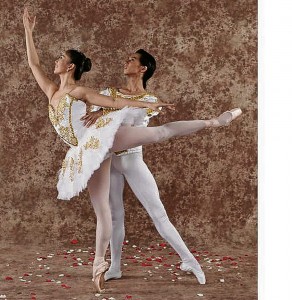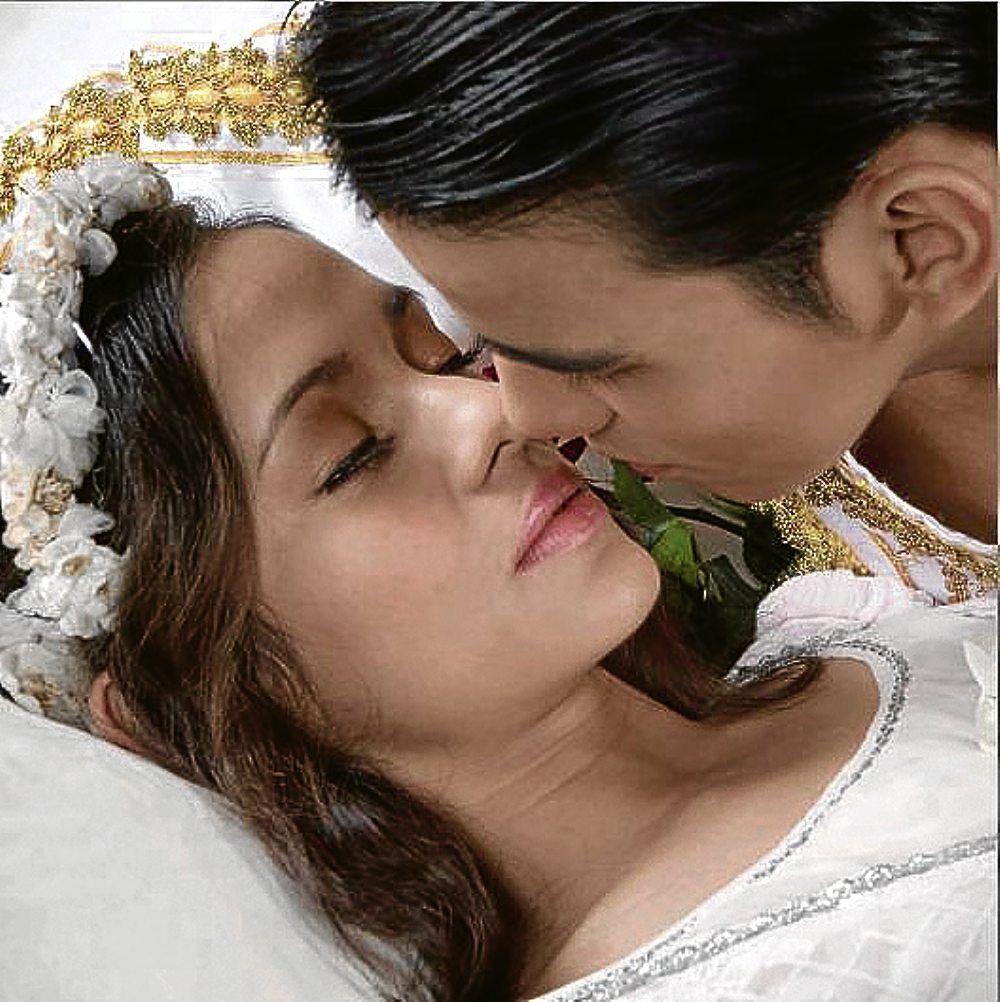 Question: Ballet Philippines is noted for its abstract, contemporary presentations, so why is it now mounting a classical warhorse “The Sleeping Beauty”?
Question: Ballet Philippines is noted for its abstract, contemporary presentations, so why is it now mounting a classical warhorse “The Sleeping Beauty”?
“To show versatility,” replied award-winning ballerina Candice Adea. “To show that we can do contemporary as well as classical ballet.”
Good answer. But wait, there’s more.
“It’s also economic,” noted Ballet Philippines artistic director Paul Morales, indicating that classical ballet was more popular with Filipino audiences and thus the company could earn more.
“Also,” he added, “the classical technique is really good training. It’s a bigger challenge. So, we will continue to do both classical and contemporary ballet. This is an international trend.”
The dialogue took place during the recent press conference, at the Intercontinental Hotel in Makati City, to announce the BP production of “Sleeping Beauty,” on Dec. 2-11 at the Cultural Center of the Philippines, with the glorious music of Peter Ylyich Tchaikovsky to be played by the Manila Symphony Orchestra under Jeffrey Solares.
Adea, along with twin sister Carissa Adea, will take turns playing Princess Aurora. Candice, on opening night, will be partnered by Nabuo Fujima of Japan, who will dance the role of Prince Desire.
All three principal dancers were present during the press con, along with BP president Margie Moran Floirendo.
There will be 17 performances, including 13 matinees at 10 a.m. and 3 p.m. The Dec. 2 gala night (8 p.m.) will be a fund-raising event for the Noordin Jumalon Dance Scholarship Fund.
Other principal dancers in subsequent performances are Katherine Trofeo as Princess Aurora and Jean Marc Cordero as Prince Desire.
“‘Sleeping Beauty’ is important because it is about hope,” opined Morales. “It is about something dormant that blooms. It is an idea of beauty, of reaching for a beautiful ideal. Even the small parts are special.”
In conversations during lunch, Fujimo, 33, gave the media a glimpse of the situation of ballet in Japan.
“There are no sponsors,” he said, “and the organizers will ask dancers to sell tickets to their relatives. I have to sell 70 tickets for my next performance, each worth P5,000.”
Informed that Filipino artists also sold tickets to relatives and friends, he said good-naturedly: “It’s much worse there [selling tickets in Japan].”
During the open forum, Floirendo, a former ballet dancer, was asked how one could promote ballet among the young.
She cited BP’s Arts Education program: “We bring in the schools. It’s really a matter of exposure. The CCP has been encouraging this. Last year we got sponsors and brought in 4,000 students, from public schools, at that.”
She observed: “One becomes more holistic when exposed to the arts. And believe it or not, the provinces are hungry for art. They even pay.”
BP’s theme this season, focusing on women, is “Faces of Eve.” And “Sleeping Beauty,” Floirendo concluded, “jibes with our theme.”









































